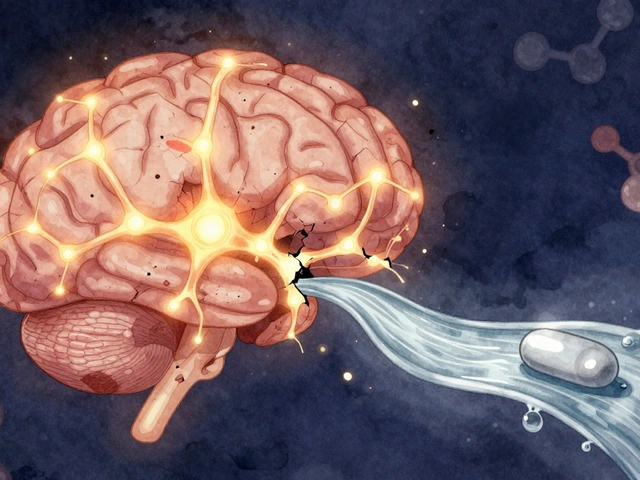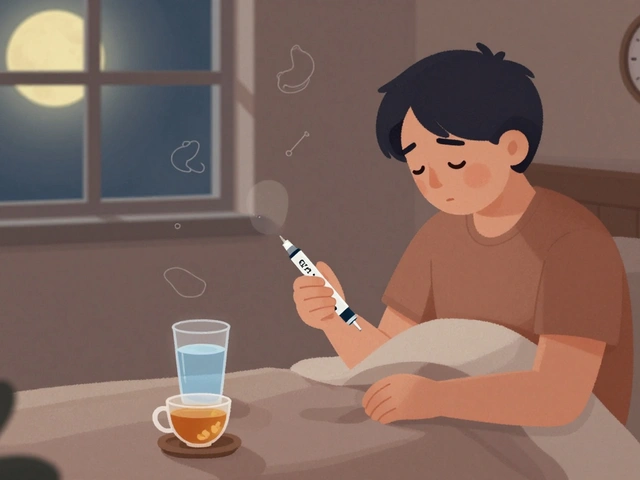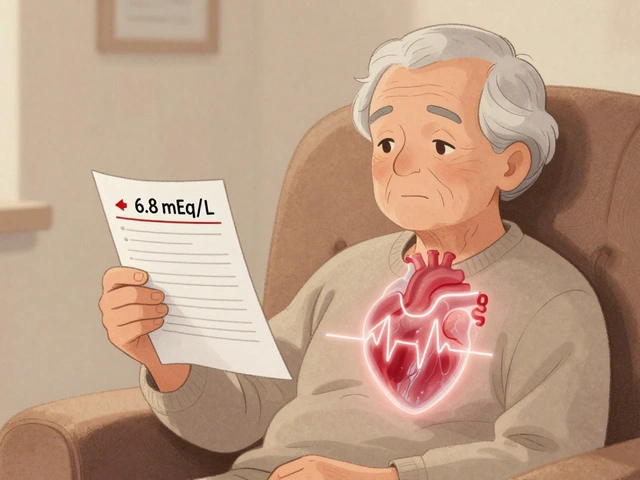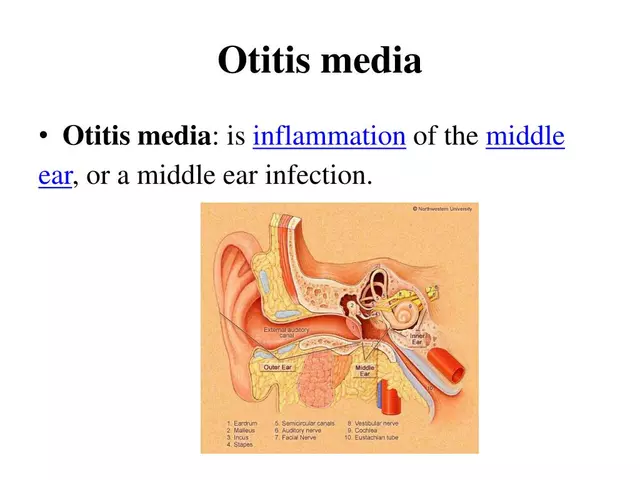Cardiovascular risk: simple steps to lower your heart danger
If you worry about cardiovascular risk, you can take clear steps today that actually help. This guide explains the main risk factors, quick checks you can do, and practical changes that lower your chance of heart attack and stroke.
Start by knowing your numbers. Get your blood pressure, fasting cholesterol (LDL, HDL, triglycerides), blood sugar (A1c or fasting glucose), and body mass index checked. These results show what to fix first and help your doctor choose treatments.
Key risk factors and what they mean
High blood pressure damages arteries over time and raises the chance of heart attack and stroke. High LDL cholesterol builds plaques that narrow arteries. High blood sugar from diabetes speeds artery damage. Smoking, excess alcohol, and carrying extra belly fat all add to risk. Age and family history matter too, but many other risks are changeable.
Even small improvements matter. Lowering systolic blood pressure by 10 mmHg or cutting LDL by 20–30 mg/dL reduces heart events. Doctors use risk calculators that combine your numbers, age, and habits to estimate a 10-year cardiovascular risk. Ask for your score — it helps guide treatment.
Practical steps you can do this week
Move more. Aim for 150 minutes of moderate activity a week, like brisk walking or cycling. If that feels like too much, start with 10–15 minute walks after meals. Strength training twice a week helps build muscle and improve metabolism.
Fix your plate. Swap processed snacks for whole foods: vegetables, beans, lean protein, nuts, and whole grains. Cut back on sugary drinks and fast food. Small swaps — olive oil instead of butter, grilled fish instead of fried — add up fast.
Quit smoking and limit alcohol. If you smoke, quitting is the single biggest step to reduce cardiovascular risk. For alcohol, stick to recommended limits: no more than one drink a day for women and two for men, and less is better.
Sleep and stress matter. Aim for 7–8 hours of sleep. Try simple stress tools like short walks, deep breathing, or a five-minute break to calm down. Chronic stress can raise blood pressure and lead to poor habits.
Follow your doctor’s plan. If lifestyle changes aren’t enough, medicines like blood pressure drugs, statins for cholesterol, or diabetes meds can cut risk. Take meds as prescribed and discuss side effects openly. Regular follow-up and repeat tests show progress.
Finally, keep track. Use a notebook or an app to record readings, meds, and how you feel. Small wins — lower numbers, better sleep, a smoke-free week — build momentum and keep you heading in the right direction.
See your doctor if you have chest pain, unexplained shortness of breath, fainting, or new rapid heartbeat. Also visit for routine checks if your risk score is high or your numbers keep rising. Early action prevents big problems.
Ask about statins, blood pressure meds, and diabetes care if tests show risks. Second opinions help if you feel unsure. Take action today.
25
Is Ativan Bad for Your Heart? Cardiologist Facts and Risks Explained
Curious if Ativan is risky for your heart? Get facts on heart health, the science behind benzos, what cardiologists say, side effect tips, and safety data in one clear guide.
Latest Posts
Popular Posts
-
 Amyotrophic Lateral Sclerosis: How Riluzole Slows Neurodegeneration and Extends Life
Amyotrophic Lateral Sclerosis: How Riluzole Slows Neurodegeneration and Extends Life
-
 GLP-1 Side Effects: How to Manage Nausea, Dosing, and Realistic Expectations
GLP-1 Side Effects: How to Manage Nausea, Dosing, and Realistic Expectations
-
 Medication-Induced Drowsiness: What Causes It and How to Manage It
Medication-Induced Drowsiness: What Causes It and How to Manage It
-
 Generational Differences: How Age Shapes Attitudes Toward Generic Medications
Generational Differences: How Age Shapes Attitudes Toward Generic Medications
-
 Dangerous Hyperkalemia from Medications: Cardiac Risks and Treatment
Dangerous Hyperkalemia from Medications: Cardiac Risks and Treatment



